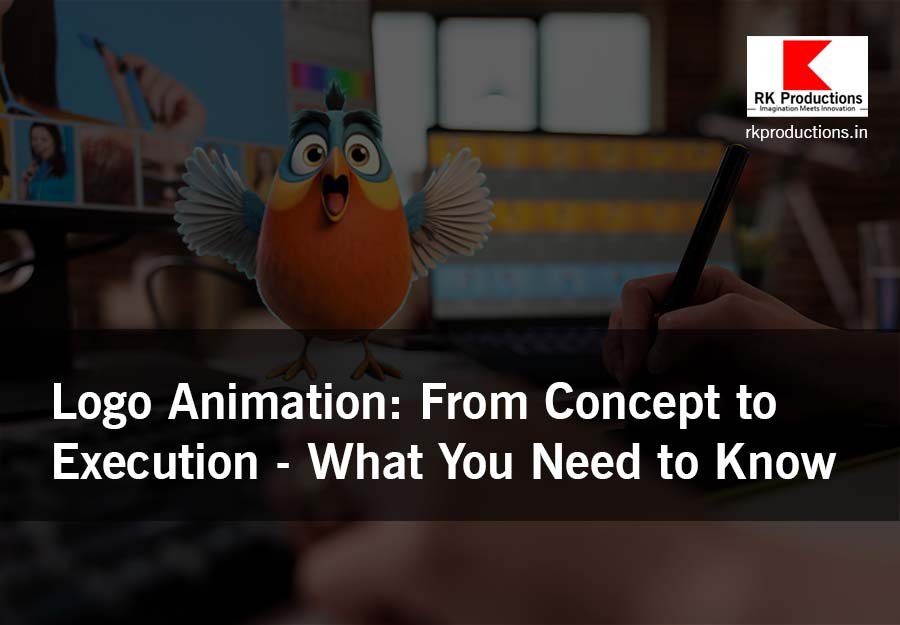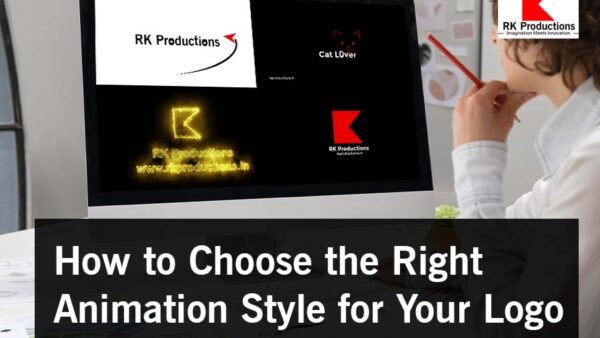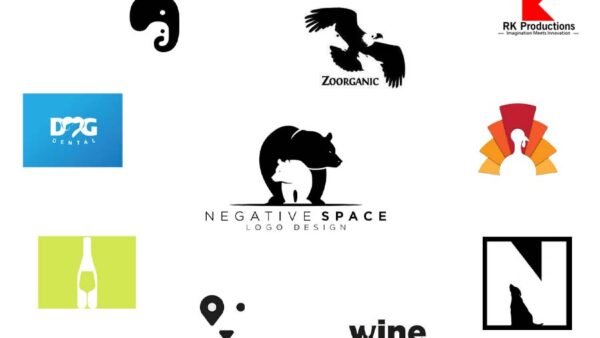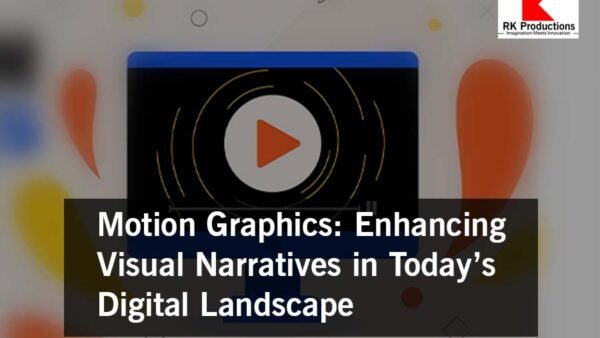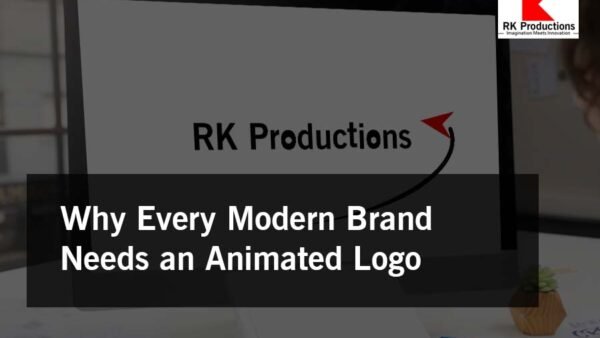Logo Animation: From Concept to Execution—What You Need to Know
In today’s competitive digital landscape, static logos are no longer enough to capture attention. Brands are evolving, and so are their logos. Logo animation has emerged as a powerful tool that adds dynamism, personality, and memorability to a brand’s identity. But how do you bring an animated logo from concept to execution? This blog will guide you through the process, ensuring your logo not only looks amazing but also serves its intended purpose.
1. The Power of Animated Logos
Animated logos are more than just moving graphics—they breathe life into a brand. They engage your audience, making your logo more memorable and giving it an edge in today’s content-saturated world. Whether it’s a subtle motion or an elaborate animation, an animated logo:
- Grabs Attention: Movement naturally attracts the eye, making animated logos an excellent tool for capturing attention.
- Enhances Brand Storytelling: Animation adds personality and helps convey a story or message that resonates with the audience.
- Creates Lasting Impressions: A well-executed animation can leave a lasting impact, making your brand more recognizable.
Conceptualizing the Animation
Before diving into the animation, start with a solid concept. Ask yourself the following:
- What is the core message of your brand? Understanding your brand’s values and identity will shape the direction of the animation.
- What emotion do you want to evoke? Is it excitement, trust, elegance, or creativity? The animation style should align with your brand’s tone and message.
- Who is your audience? Consider who will be viewing your logo and tailor the animation to appeal to that demographic.
Choosing the Right Style of Animation
Different types of logo animations serve different purposes. Some common styles include:
- Subtle Animations: Simple and elegant, this type of animation works well for corporate or minimalist brands. It could involve slight movements, such as a fade-in or a smooth rotation, offering a professional look.
- Complex Motion Graphics: For brands in creative industries, a more elaborate animation with complex effects can highlight innovation and originality.
- 3D Animation: Adds depth and realism to a logo, ideal for brands that want to convey a sense of modernity or technological advancement.
- Hand-drawn/Stop Motion: Gives a personal, artistic touch to brands that want to showcase creativity and uniqueness.
The Creative Process: From Concept to Execution
Once you have a solid concept and animation style in mind, it’s time to bring it to life.
- Sketch and Storyboard: Start with rough sketches of the key frames. Storyboarding helps visualize the flow of the animation and plan each movement in detail.
- Designing in Vector: Ensure that your logo is in vector format for scalability and flexibility during the animation process. Vector designs maintain quality no matter the size, which is crucial for high-definition displays.
- Software for Animation: Tools like Adobe After Effects, Blender, and Figma are popular for logo animation. Choose a platform that aligns with the complexity of your project and your design team’s proficiency.
- Motion and Timing: Perfect the motion and timing of each element in the logo. For example, a slow fade-in might convey professionalism, while quick and sharp movements can suggest energy and excitement. Play with easing (how fast or slow a movement is) to make the animation look natural.
Testing and Refinement
Once the animation is created, review it critically:
- Smoothness and Flow: Ensure the animation flows smoothly and each movement is intentional and polished.
- Mobile and Web Optimization: Test the animated logo across different platforms—mobile, desktop, and web. Check for responsiveness, especially in mobile apps or websites.
- Brand Consistency: Does the animation align with your brand’s identity? It’s crucial that the animation stays true to your brand’s colors, message, and values.
Implementation and Use Cases
An animated logo can be deployed across multiple platforms to maximize its impact:
- Website and Mobile Apps: Your logo animation can serve as an introductory element on your homepage, load screens, or app launch screens.
- Social Media: Incorporate your animated logo into videos, stories, or posts to increase engagement and shareability.
- Presentations and Events: Logo animations can be used during corporate presentations, trade shows, or digital advertising to leave a professional and lasting impression.
- Video Content: Whether it’s at the start of a YouTube video or in digital ads, animated logos make your brand stand out from the competition.
Trends in Logo Animation for 2024
As technology continues to evolve, so do the possibilities for logo animations. Some trends to keep an eye on include:
- Micro-Animations: Small, detailed animations that occur on hover or scroll, offering a delightful and interactive user experience.
- Neon and Glitch Effects: Popular for tech companies or brands looking for a futuristic edge.
- Looping Animations: Seamless, continuous motion that is perfect for background displays and load screens.
- Interactive Animations: Logos that react to user input, creating a unique, engaging experience.
Conclusion
Logo animation is an exciting way to enhance your brand’s presence in the digital world. From concept to execution, careful planning and creativity are essential for developing an animated logo that resonates with your audience and stays true to your brand identity. Whether you’re starting from scratch or looking to breathe new life into an existing logo, the power of motion can elevate your brand to new heights.

